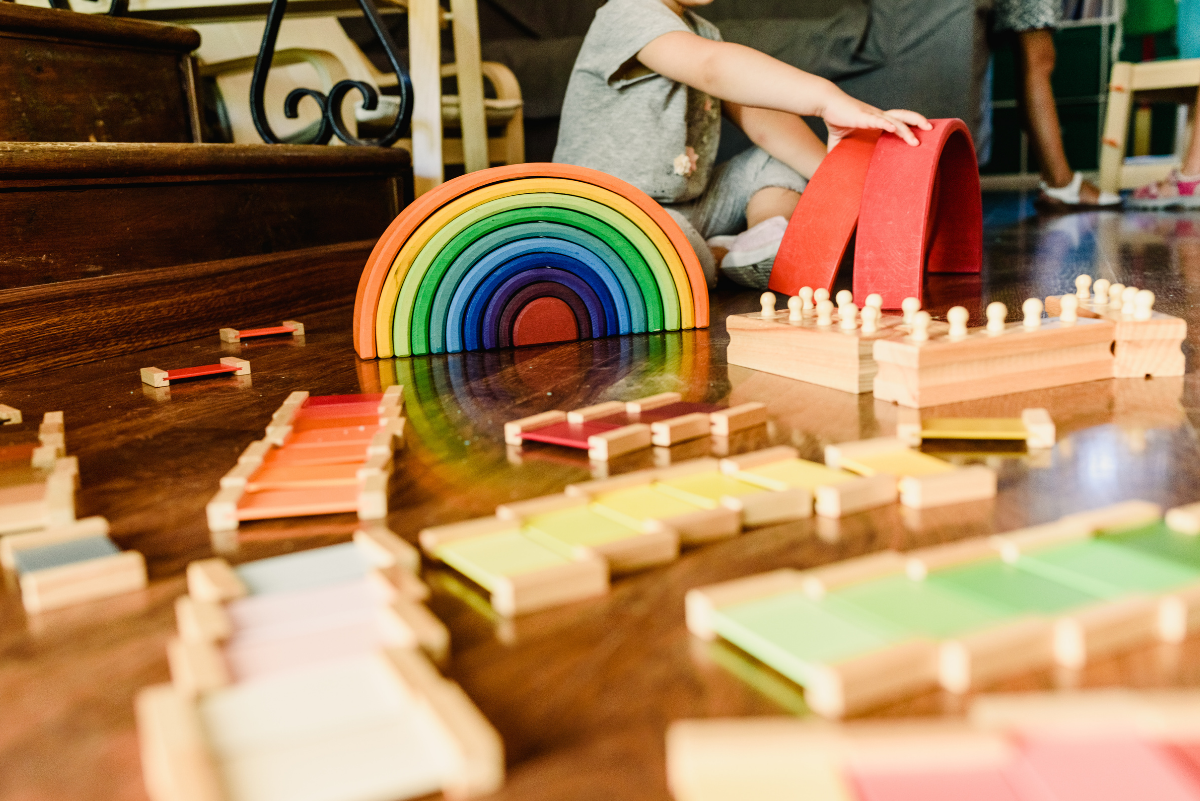
The Montessori Method has been in use for well over a century. But although Dr. Montessori’s lessons are followed by educators across the globe, many of those same teachers might not know where the method was developed or why.
Maria Montessori’s Education
When Maria Montessori first set out to get an education, she originally planned on becoming an engineer. Her academic career started at a technical school that had never previously accepted a female student. In 1890, she graduated from the Regio Instituto Tecnico Leonardo da Vinci with a certificate in physics and mathematics.
Then, surprising everyone, Montessori decided to abandon engineering in pursuit of a medical career. She applied to the medical program at the University of Rome, and although she was originally rejected, she continued taking classes until she was accepted into the program in 1893. She graduated with her doctorate in 1896.
While in medical school, Montessori focused on emergency services, psychiatry, and pediatric care. After graduation, she took an interest in the care and treatment of children with cognitive delays and mental disabilities. Dr. Montessori became one of the world’s leading experts in pediatric psychiatry – a skill that would help greatly for the next step of her career.
The Casa Dei Bambini
In 1906, Dr. Montessori opened a school for low-income children in the San Lorenzo district of Rome. Almost all of her previous work had been geared towards children with special needs, so she was excited to develop a new educational method meant to help a wider range of personalities.
The original Casa Dei Bambini, or Children’s House, contained little more than a few group tables and some arm chairs. The furniture was heavy and sized for adults, and Dr. Montessori was expected to provide her own educational materials. About 50 children were initially enrolled in the school.
Montessori quickly developed a lesson plan that incorporated elements of her previous research. As she observed the children working, she realized that kids don’t actually need to be led by the hand through every activity. Instead, she began encouraging them to learn independence through practical tasks like preparing meals or working in the garden.
Dr. Montessori also introduced her students to some of the learning materials she had developed for her previous patients. These included classic Montessori items like sandpaper letters, puzzles, and other tactile objects that encouraged an exploratory and engaging learning method.
The results of Montessori’s work were rapid and surprising. Many of the children immediately started to show marked improvement in their ability to care for themselves and engage with their lessons. The first Children’s House was so successful that a second one was opened in 1907. Maria Montessori’s educational method quickly spread throughout Italy; within a few decades, it had been adopted or at least considered by every country in the Western world.
Today, the Montessori Method continues to be globally appreciated. Schools like Austin Children’s Academy follow Montessori’s educational philosophy nearly a hundred years after it was created – and they continue to see the same successful results.





















